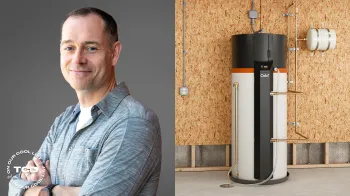Major methane leaks from damaged gas pipelines have contaminated large sections of the Baltic Sea, according to a recent report in Science Daily.
What's happening?
New research from the University of Gothenburg reveals methane from the destroyed Nord Stream pipelines spread across a large swath of the southern Baltic Sea. Using underwater robots and monitoring equipment, scientists found methane levels up to 1,000 times above normal that persisted for months. The contamination reached 23 marine protected areas critical for fishing communities and coastal economies.
"Our gliders, together with ocean modelling for the southern Baltic Sea, have given us a good picture of the areas affected by the spill. In total, we estimate that over 14% of the entire Baltic Sea was exposed to methane levels that were at least five times above normal," researcher Martin Mohrmann said.
|
Do you think America does a good job of protecting its natural beauty? Click your choice to see results and speak your mind. |
Why are methane leaks important?
The Nord Stream explosions demonstrate how vulnerable communities are to aging gas infrastructure. The leak affected waters that local fishing industries rely on, potentially harming their livelihoods and economies. When crucial marine environments are damaged by methane contamination, it creates ripple effects through coastal economies that depend on healthy seas.
The issue also undermines efforts to transition away from dirty fuels, as methane leaks counteract progress in reducing polluting gases that harm our environment.
What's being done about methane leaks and risks?
Some regions are taking proactive steps to address aging gas infrastructure. Several U.S. states have launched programs to identify and repair methane leaks from old pipelines. Many coastal communities are pushing for stricter monitoring of undersea gas lines.
Watch now: Giant snails invading New York City?
The most effective solution is accelerating the shift to renewable energy, as solar and wind power don't carry these risks of catastrophic leaks. Cities including Copenhagen, Denmark, have shown it's possible to rapidly phase out dirty fuel infrastructure while creating new clean energy jobs. Supporting these transitions helps protect both local economies and the environment from disasters while creating more resilient and sustainable communities for generations to come.
Join our free newsletter for good news and useful tips, and don't miss this cool list of easy ways to help yourself while helping the planet.













